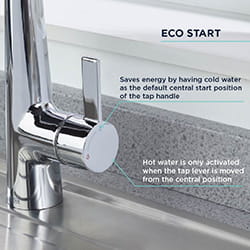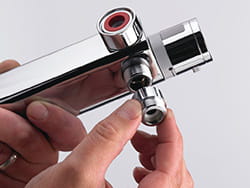-
Products
Join On Tap
Don’t miss out – join Bristan’s installer community now! Get the latest news and product information, enter exclusive competitions and great giveaways, get the opportunity to review brilliant products and receive merchant offers (just for you!). You’ll get all this and more, exclusively with Bristan On Tap
-
Help & Advice
Join On Tap
Don’t miss out – join Bristan’s installer community now! Get the latest news and product information, enter exclusive competitions and great giveaways, get the opportunity to review brilliant products and receive merchant offers (just for you!). You’ll get all this and more, exclusively with Bristan On Tap
- Find Spares
- Request Brochure
 Homeowners
Homeowners
 Installers
Installers
 Merchants
Merchants
 Specifiers
Specifiers







